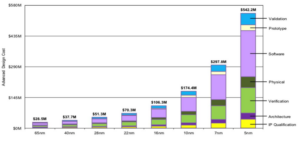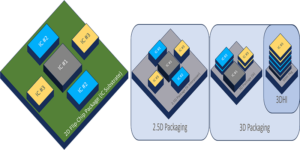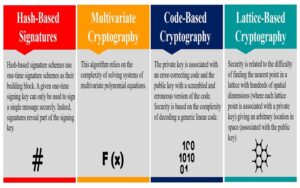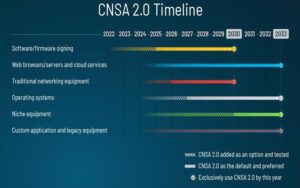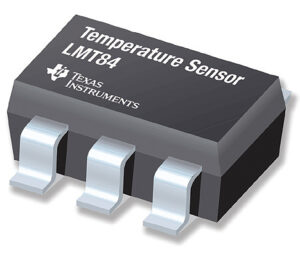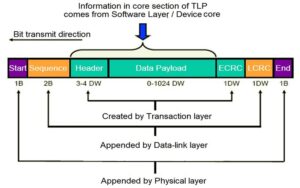Real-Time Innovations (RTI) announced RTI Connext Drive® 3.0: The flexible, future-proof, and data-centric communication framework for software-defined vehicles (SDVs). It expedites time to market by providing the first platform-independent adherence to the highest functional safety standard, ISO26262 ASIL D, and bridges the platform gap between DDS, AUTOSAR Classic, AUTOSAR Adaptive, and ROS 2. With Connext Drive […]
Featured
Why 3D packaging could be the next breakthrough for processing
By Brian Hendren, Tektronix As semiconductor manufacturers start to reach the potential physical limits of shrinking process nodes, chip packaging is emerging to improve performance. Flip chip assembly remains the most popular method for interconnecting dies, but new advancements in silicon interposers are enabling 2.5D packaging architectures and, in turn, making 3D packaging possible. To […]
Why advanced packaging is vital to the future of semiconductors
The cost and the physics of fitting more transistors in the space available are showing diminishing returns. The concept of “known good die” is much more difficult to quantify. For all the talk in the semiconductor industry about trying to reach 1.8 nm process nodes, advanced packaging and its impact on performance seems to be […]
Design World presents the 2023 LEAP Awards Winners: Embedded Computing
Now in its sixth year, Design World’s LEAP Awards continue to showcase the best engineering innovations across several design categories. It’s a large undertaking that wouldn’t be possible without the commitment and support of the engineering community.\ Each year, the editorial team assembles OEM design engineers and academics to create an independent judging panel. Below […]
Integrated service optimizes OEM’s sleep end devices, shortens time-to-market
Science shows that lack of healthy sleep can result in significant health risks such as depression and heart disease. Furthermore, research suggests that fatigue from insufficient sleep results in a loss of as much as $411 billion per year to the United States economy. At the same time, drowsy driving is a likely factor in […]
Post-quantum crypto standardization — background
At some point in the not-too-distant future, it’s expected that quantum computing will pose a security risk to all currently used encryption techniques. Most current encryption methods are based on the challenges associated with factoring large numbers into their prime factors. They provide good levels of security when classical computers are being used, but quantum […]
Post-quantum crypto standardization — what’s the end game?
The post-quantum cryptography (PQC) standardization program being run by the National Institute of Standards and Technology (NIST) is developing encryption algorithms to protect classical computers from attacks by quantum computers. NIST has announced the first four PQC algorithms and is preparing them for final development. In the meantime, organizations of all types are analyzing the […]
What’s a quantum processing unit?
Quantum processing units (QPUs) are the quantum equivalent of microcontrollers (MCUs) in electronic equipment. QPUs and the quantum computers that use them are evolving and heading toward large-scale computing. This FAQ looks at current quantum computing architectures and how they are evolving and reviews currently available QPUs and efforts to develop QPUs based on superconductivity […]
IoT: Microcontrollers and sensors must work as a team
Get an understanding of how to select sensors and microcontrollers for your IoT product, with an emphasis on circuit design to optimize performance. Sensors in IoT devices collect data from the environment, after which the data can be processed and analyzed to make intelligent decisions. The quality of your sensors and how well you integrate […]
How does the PCIe protocol stack work?
The Peripheral Component Interconnect Express (PCIe) is a high-speed serial computer expansion bus standard. It’s the common motherboard interface in systems from personal computers to servers and storage devices and is used with graphics cards, sound cards, hard disk drive host adapters, SSDs, Wi-Fi, and Ethernet hardware connections. It uses a three-layer protocol stack to […]


